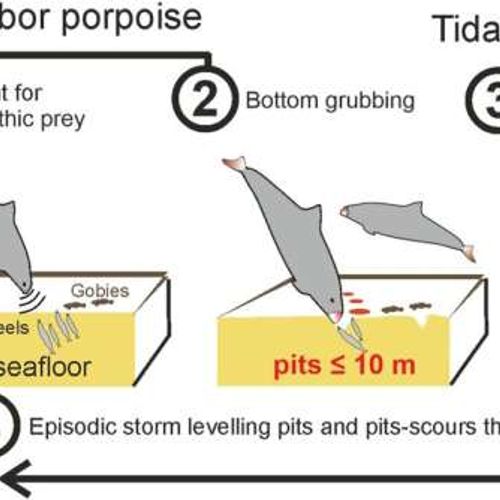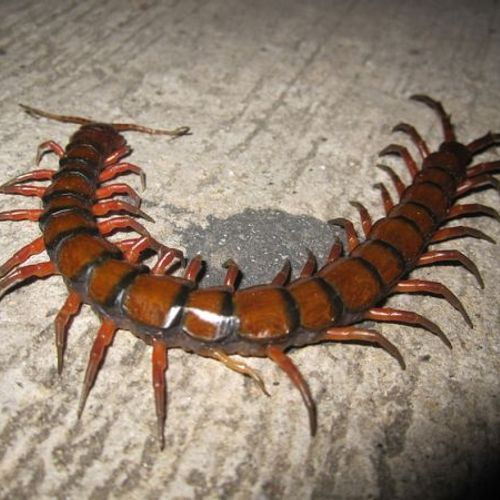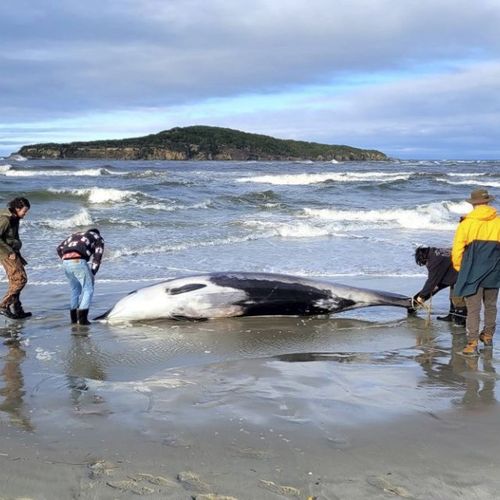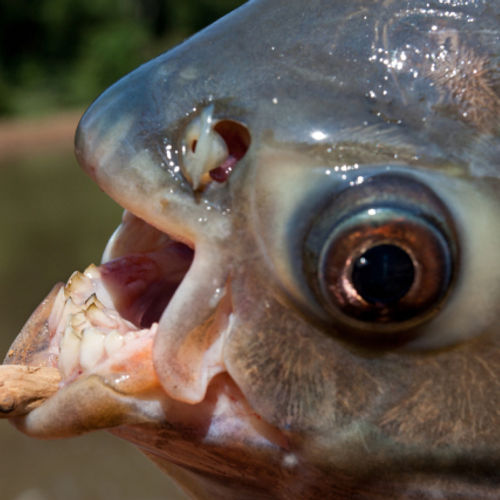
| Added | Sat, 10/02/2024 |
| Источники | |
| Дата публикации | Sat, 10/02/2024
|
| Версии |
Mysterious depressions discovered in the North Sea were previously thought to be the result of methane seeping from beneath the sediments. But new research has shown that most likely these mysterious phenomena are signs of vital activity left by porpoises and sand eels living in this region.
In a study conducted by geophysicist Jens Schneider von Daimling from the University of Kiel, it was proved that small depressions are on the conscience of representatives of underwater fauna. Porpoises (these are mammals similar to dolphins, but related to toothed whales) living in the North Sea, forage at the bottom, and sand eels nest there, which come out of their burrows, leaving pits behind. The study was published in the journal Communications Earth & Environment.
"Our results show for the first time that these depressions arise in direct connection with the habitat and behavior of porpoises and sand eels and are not formed as a result of the rise of liquids, as previously thought," shares Schneider von Daimling's discoveries, "Our high—resolution data provide a new interpretation of the formation of tens of thousands of pits on the seabed of the North Sea and we predict that the underlying mechanisms are occurring globally."
The previous interpretation of the appearance of holes was that the liquid was coming out from under the bottom. At the same time, many depressions – in fact, most of them – cannot be explained in this way.
The research team used a combination of high-resolution sonar mapping of the seabed, behavioral biology, oceanographic analysis and satellite imagery to study the shape of the seabed, find traces of methane and find out which animals are active in places where pits appear. Scientists have found that depressions are often located in the food-hunting areas of porpoises, which are located near the habitats of sand eels.
New high-resolution data has shown that marine mammals leave shallow pits at the bottom only about 11 centimeters deep when they forage.
"The mechanism of formation of these pits, as we call them, probably also explains the existence of numerous crater-like depressions on the seabed around the world, which have been misinterpreted as a result of leakage of gaseous methane," says Jens Schneider von Deimling.
The study, according to the team, suggests that humanity significantly underestimates the impact of marine vertebrates on the ocean floor environment.
Новости со схожими версиями
Log in or register to post comments









